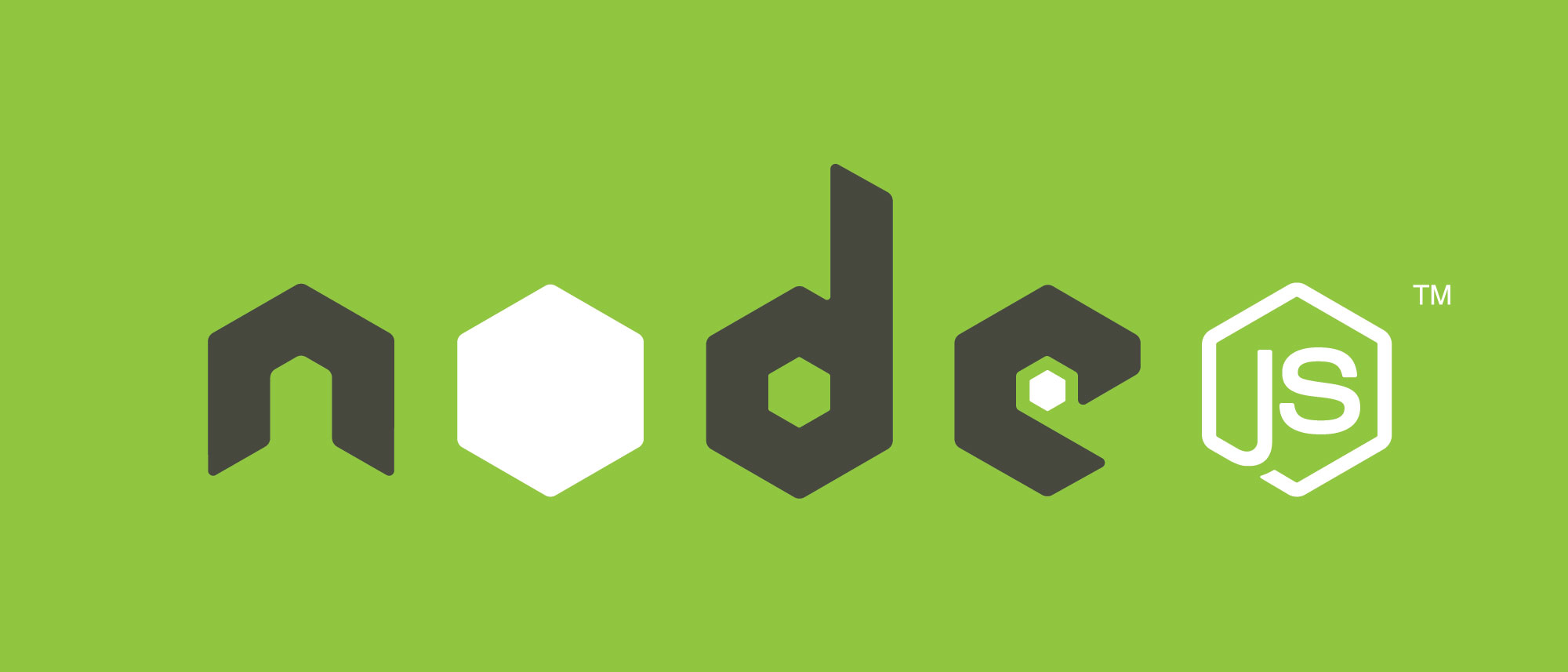

These contributors may include Wealthfront employees, other financial advisors, third-party authors who are paid a fee by Wealthfront, or other parties. Wealthfront Corporation may from time to time publish content in this blog and/or on this site that has been created by affiliated or unaffiliated contributors. Any links provided to other server sites are offered as a matter of convenience and are not intended to imply that Wealthfront Corporation endorses, sponsors, promotes and/or is affiliated with the owners of or participants in those sites, or endorses any information contained on those sites, unless expressly stated otherwise. The information contained in this blog is provided for general informational purposes, and should not be construed as investment advice. This blog is powered by Wealthfront Corporation (formerly known as Wealthfront Inc.). The example below sends the SVG source for a red square to convert‘s stdin and writes the PNG to the node process’s stdout. This saves us having to write to disk and deal with temporary files. In the meantime, if we want to use convert from within node.js we can spawn a child process using convert’s stdin/stdout argument syntax to pipe data in and out. We’ll get to why we’re using node.js in a moment. With librsvg support, convert produced PNGs of our SVG source that perfectly matched Chrome’s rendering. Imagemagick will defer to librsvg when doing SVG conversion from that point forward (run convert -list configure | grep DELEGATES and check librsvg is in the list to confirm Imagemagick is using the library). You can solve this by installing librsvg before Imagemagick. Unfortunately Imagemagick’s default SVG support is rather poor. As you might expect, Imagemagick‘s convert proved to be a good option. While you lose animations, you’re still able to convey the important information.Īs a proof of concept I was interested in any method of SVG to PNG conversion. This saves you from creating a pixel-perfect alternate implementation. One option to provide backwards compatibility is to rasterize SVG to a static image. However, as most are aware, SVG is not supported in some older browsers – notably IE 8 and below. SVG is attractive as a vector format, and animations are simple.

We build our visualizations using d3.js, a fantastic library that provides just the right amount of abstraction on top of SVG to allow us to develop robust visualizations quickly. Visitors to Wealthfront might notice we’re using SVG to render the risk meter in our questionnaire, as well as your performance projection and other charts.


 0 kommentar(er)
0 kommentar(er)
